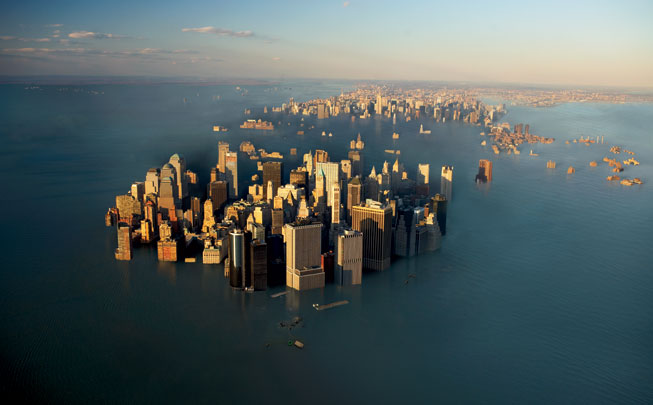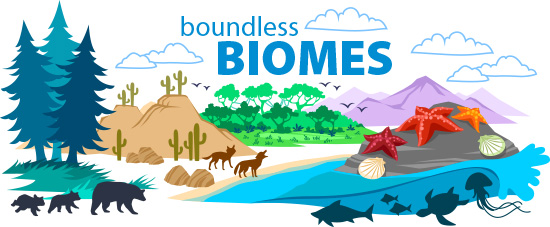Not only are rainforests rich in biodiversity, they’re also essential climate stabilizers. Due to their size and insanely large number of trees and tree species, rainforests take in lots and lots of carbon. While humans breathe in oxygen and breathe out carbon dioxide, trees do the opposite. The rainforests require carbon to survive and store a significant amount, thus helping to lower the levels of carbon in the atmosphere. This function is becoming increasingly more important as the Earth experiences climate change. Too much carbon in the atmosphere is causing the Earth to heat up and any help alleviating these high carbon levels helps to stabilize the atmosphere. With this being said, deforestation is a huge problem. If we keep cutting down the rainforests of the world, we’ll be releasing all of the carbon rainforests help to reduce back into the atmosphere. In order to ensure the health of our planet, we must preserve and protect the rainforest.
Given the fact that the tropical rainforest is the most biologically diverse ecosystem on the planet, lots of research is conducted and data collected there. Regardless of where an ecosystem exists, they all have similarities in one way or another. Therefore, the data collected in a tropical rainforest in regards to biodiversity can hold true in other ecosystems as well, such as Yellowstone National Park. Conservationists, researchers, or park rangers can use data gathered in the rainforest to guide the work they do in their ecosystem. For example, in the video we watched, park rangers worked to repopulate wolves back into the Yellowstone ecosystem. They noticed a change after they were eradicated from the region and knew that, in order to preserve the health of Yellowstone, they needed to reintroduce wolves, the top predators, back into the ecosystem. If needed, the park rangers could’ve reviewed data from rainforest to back up their decision and further support their cause. Overall, I really enjoyed this video and it helped me open up my eyes to the world around me.
Image 1:
http://www.onemeteratatime.org/wp-content/uploads/rainforest1.jpg
Image 2:
http://www.srl.caltech.edu/personnel/krubal/rainforest/Edit560s6/www/images/where/whemap.gif
Image 3: http://cf067b.medialib.glogster.com/media/d6/d6ac6cc6f34531b93db1a14f48867d9049f5c4dd50d6141bde7b392cd86c33b3/rainforest-carbon-cycle-jpg.jpg
Image 4:
http://www.nathab.com/uploaded-files/carousels/TRIPS/Yellowstone-Wolf-Quest/US-National-Parks-Yellowstone-Wolf-Quest-1-wolves.jpg













